The 2017 Whitney Biennial, the seventy-eighth installment of the longest-running survey of American art, arrives at a time rife with racial tensions, economic inequities, and polarizing politics.
Throughout the exhibition, artists challenge us to consider how these realities affect our senses of self and community. The Biennial features sixty-three individuals and collectives whose work takes a wide variety of forms, from painting and installation to activism and video-game design.
Deana Lawson’s carefully staged photographs capture scenes of self-love, friendship, romance, familial connection, and desire. Her subjects often gaze directly at the viewer, boldly commanding the experience of being viewed. In doing so, Lawson’s images subvert the ways in which portrayals of Black bodies are often subject to biased perceptions of Black personhood in American culture. While her images are inspired by traditional family photo albums, Lawson’s works feature strangers, individuals she casts from the street for compositions of her own design. Her portraits, full of memory and possibility, invite the viewer to reckon with how people imagine and invent stories about themselves and others in the world.
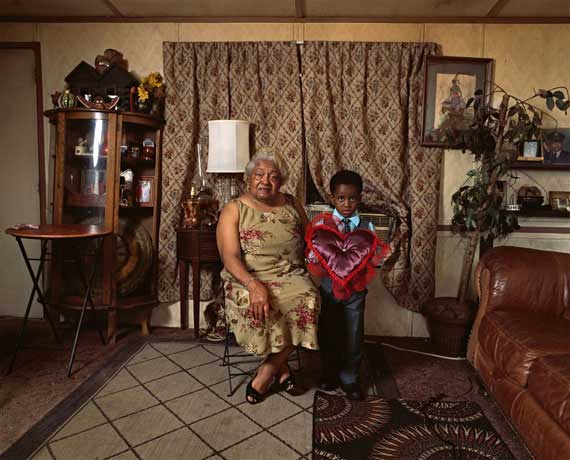
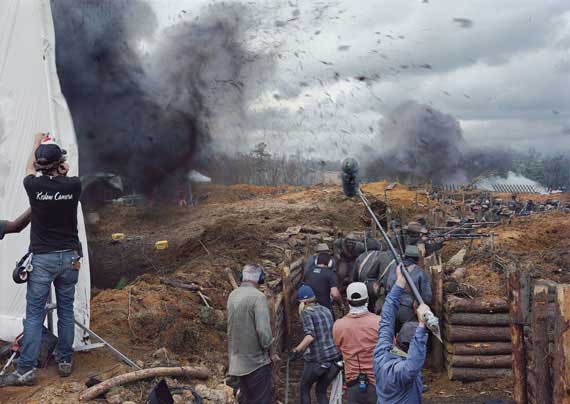
In a suite of photographs from her new project, The Silent General, An-My Lê examines allusions to the past in modern-day Louisiana. In one image, a monument to a Confederate Army general quietly interrupts a quotidian urban landscape; another captures a moment on the set of a recent film about a Confederate Army deserter. As in so many of Lê’s works, in these images the imagined past and the actual present coexist in the same frame, begging the question: when does history end and the present begin? Taken as a group, the photographs propose that perhaps history never ends, that the raw materials of America’s bloodiest war—issues of race, class, labor, and wealth—are still deeply enmeshed in the landscape of the United States and the fabric of its society.
Leigh Ledare’s Vokzal, filmed in Moscow, uses the sprawling public space outside three adjacent train stations as a rubric for mapping complex group dynamics. The film captures interactions between various individuals passing through, working in, loitering around, or policing this area, linking instances of individual behavior to clear signs of social breakdown. Within this environment, competing ideas of order play out, highlighting social fractures and laying bare a collective predicament. Vokzal suggests a portrait of a society unconsciously shifting among various forms of dependency, fight-or-flight responses, pronounced individualism, and non-differentiation. In the 2017 Biennial, the film is split into three looped 16mm projections and interspersed among other works in three galleries. Within this configuration, an analogy emerges: the projectors are to the three stations, just as viewers are to the film’s subjects.
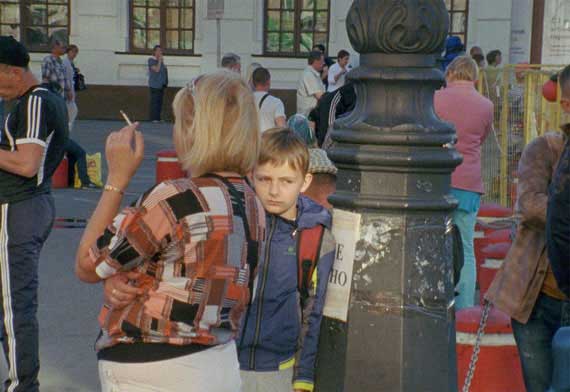
Over the past twenty-five years, Kevin Jerome Everson has captured the nuances of Black lived experience on film. Like his earlier work, Everson’s recent short films continue to challenge distinctions between documentary and fiction, revealing incisive depictions of African American life.
Lost Nothing (2016) utilizes an intimate monologue to examine the daily impact of social conditions on the life of one man, Willie James Crittenden. Sound That and Fe26 (both 2014) offer diverging glimpses of labor utilizing beguiling objects made by the artist. In Ears, Nose and Throat (2016), while receiving a medical exam a woman recounts having witnessed a murder. Fastest Man in the State (2017), codirected by Claudrena N. Harold, reflects on the experience of one of the first African American scholarship athletes at the University of Virginia. Finally, Eason (2016) explores the legacy of the Great Migration by following the trajectory of James Walker Hood Eason, the assassinated leader of the Universal Negro Improvement Association.
Beatriz Santiago Muñoz examines postcolonial experiences in the Caribbean, considering how perceptions of authenticity and artifice have historically worked to inform identity. Filmed in Haiti, Marché Salomon (2015) reimagines the titular bustling local market as a cosmic system. Black Beach / Horse / Camp / The Dead / Forces (2016) entwines images from Vieques, Puerto Rico, which for sixty years was the site of a U.S. Navy training and bombing range. In both works Santiago Muñoz films people using improvisation, choreographed gestures, and reenactment to convey lived histories and symbolic alternatives to them. She rejects ethnography’s scientific origins and instead hints at truths beyond what is immediately visible. Santiago Muñoz’s most recent film, The Unspeakable Thing, focuses on the work of Jan Susler, a Chicago-based civil rights lawyer who has represented numerous Puerto Rican political prisoners.
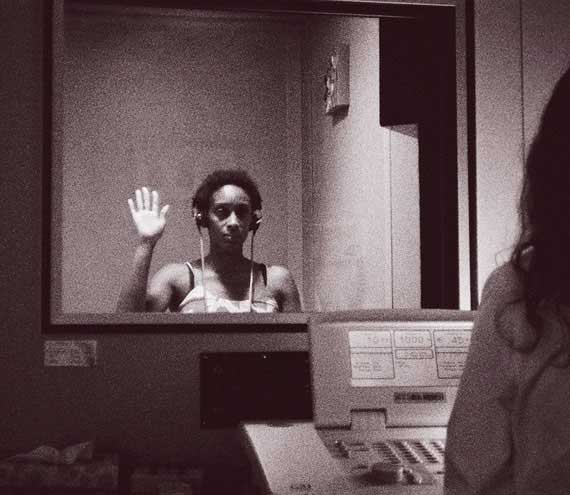
In both of his films screening as part of the 2017 Biennial, Eric Baudelaire utilizes Japanese filmmaker Masao Adachi’s concept of fukeiron (landscape theory), which posits that the landscape itself is a signifier of power structures, turning his camera at the landscape as seen by his subjects. This cinematic approach enables Baudelaire to display the complex entanglement of his subjects’ radicalization within the political systems under which they live.
The Anabasis of May and Fusako Shigenobu, Masao Adachi and 27 Years Without Images combines panoramas of present-day Tokyo and Beirut, archival imagery, and personal memories to illuminate the effects of left-wing radicalism on the film’s protagonists: May Shigenobu, the Lebanon-born daughter of the founder of the communist militant Japanese Red Army; and Masao Adachi, an activist filmmaker who joined the Red Army in Lebanon to support the Palestinian armed resistance.
Likewise, Also Known as Jihadi uses landscape cinematography and judicial documents to chronicle the journey of a young Islamic State recruit from the neighborhood on the outskirts of Paris where he grew up to the prison in which he is incarcerated today.
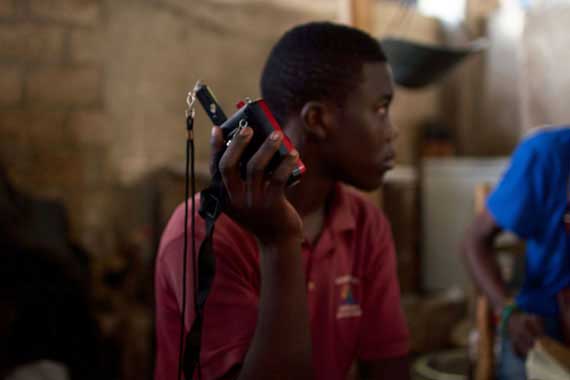
Whitney Museum of American Art
17 Mar – 11 Jun 2017
99 Gansevoort Street
NY 10014 New York
www.whitney.org






